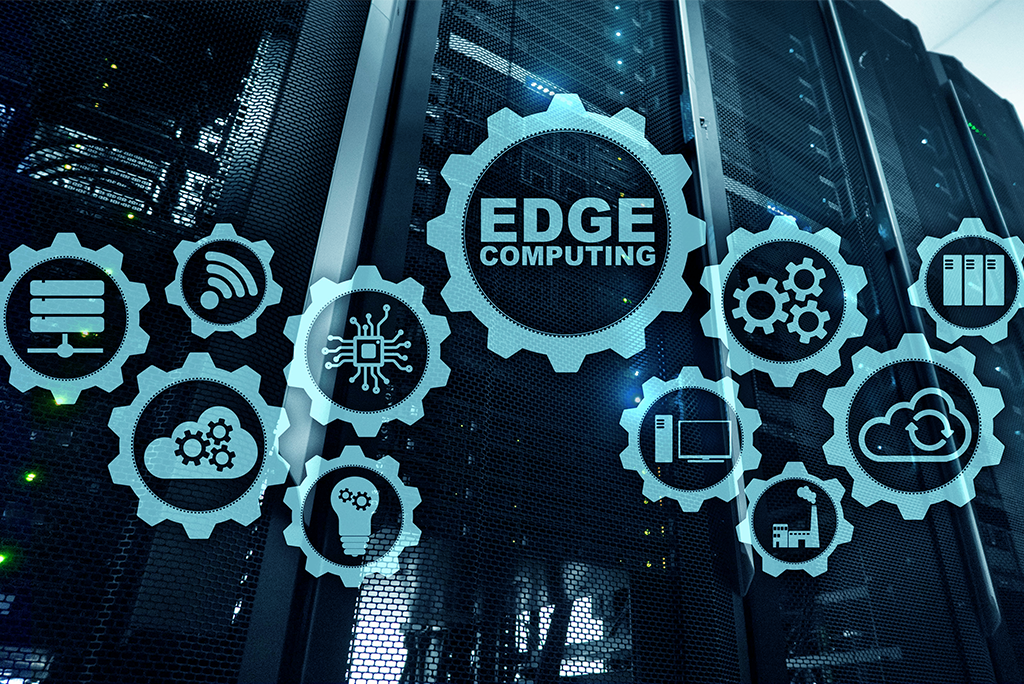Edge Computing Technology: 6 Most Important Things You Need To Know About It
In the ever-evolving landscape of technology, Edge Computing has emerged as a game-changer, revolutionizing the way data is processed and managed. In this article, we’ll delve into the six most important aspects of Edge Computing Technology, shedding light on its significance, applications, and potential impact.
The Basics of Edge Computing Technology
Edge Computing Technology involves processing data closer to the source, reducing latency and improving real-time analysis. Unlike traditional cloud computing, which relies on centralized data centers, edge computing shifts computation closer to the “edge” of the network, where the data is generated. This decentralized approach enhances efficiency and speed, making it ideal for applications requiring immediate data insights.
Benefits That Edge Computing Offers
Edge Computing brings a multitude of benefits to various industries. From faster data processing and reduced network congestion to enhanced privacy and security, the advantages are remarkable. This technology empowers organizations to make informed decisions promptly, paving the way for innovations in sectors like healthcare, manufacturing, transportation, and more.
Applications Across Diverse Sectors
Edge Computing’s versatility is evident through its applications in different sectors. In healthcare, it enables real-time patient monitoring and analysis. In agriculture, it aids in crop management through IoT devices. The manufacturing industry benefits from predictive maintenance, while autonomous vehicles utilize edge computing for split-second decision-making. Its role in transforming the retail and energy sectors is also noteworthy.
Overcoming Challenges and Concerns
While Edge Computing offers tremendous potential, it’s not without challenges. Managing a distributed computing environment requires robust infrastructure and efficient data synchronization mechanisms. Additionally, ensuring data security, privacy, and compliance with regulations are paramount concerns. Addressing these challenges is crucial to harnessing the full capabilities of Edge Computing.
Future Trends and Innovations
The future of Edge Computing Technology looks promising, with ongoing research and development. As IoT devices continue to proliferate, the demand for edge computing solutions will surge. Innovations in hardware, such as powerful edge servers and processors, will further accelerate adoption. Edge Computing’s synergy with other technologies like 5G will unlock new possibilities, reshaping industries and enhancing user experiences.
Ensuring a Smooth Transition
Transitioning to Edge Computing requires careful planning and execution. Organizations must assess their existing infrastructure, data processing needs, and integration capabilities. A phased approach, starting with pilot projects, can help mitigate risks and ensure a seamless transition. Collaborating with experienced technology partners can provide valuable insights and support throughout the process.
FAQs
Q: What sets Edge Computing apart from traditional cloud computing?
A: Unlike traditional cloud computing, which centralizes data processing in remote data centers, Edge Computing processes data closer to its source, reducing latency and enabling real-time analysis.
Q: How does Edge Computing enhance data security?
A: Edge Computing minimizes data exposure by processing sensitive information locally, reducing the need to transmit it over long distances and enhancing security measures.
Q: Can Edge Computing be applied to small businesses?
A: Absolutely. Edge Computing’s benefits extend to businesses of all sizes. Small businesses can leverage its capabilities to improve efficiency, customer experiences, and decision-making.
Q: What role does Edge Computing play in the Internet of Things (IoT)?
A: Edge Computing plays a crucial role in IoT by enabling real-time data analysis and decision-making at the device level, reducing the need to send all data to centralized servers.
Q: How does Edge Computing contribute to autonomous vehicles?
A: Edge Computing empowers autonomous vehicles to process data from sensors and make split-second decisions locally, enhancing safety and responsiveness.
Q: What challenges should organizations anticipate when adopting Edge Computing?
A: Organizations should be prepared to address challenges related to infrastructure setup, data synchronization, security, and compliance with regulations.
Conclusion
Edge Computing Technology: 6 Most Important Things You Need To Know About It showcases the transformative potential of this innovation. From its efficient data processing capabilities to its widespread applications, Edge Computing is shaping the future of technology. As industries embrace its power, the collaboration between Edge Computing and other technologies will lead to groundbreaking advancements. Stay ahead of the curve by understanding the essentials of Edge Computing and its impact on our digital landscape.
READ MORE : Hire Java Developers





